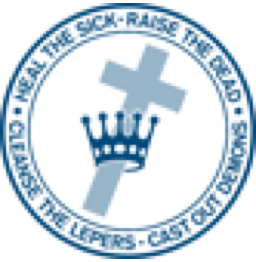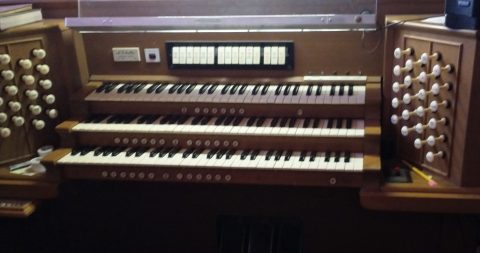

Let the word of Christ dwell in you richly in all wisdom; teaching and admonishing one another in psalms and hymns and spiritual songs, singing with grace in your hearts to the Lord.
The Christian Science church in Laguna Beach appreciates fine music. According to church history, music — especially hymns — was an everyday occurrence in the home of Mary Baker Eddy, the Discoverer and Founder of Christian Science. In establishing her concept of church, music had to play a part. The hymns, accompanied by either organ or piano, were intended to spiritualize the thought of the congregation rather than to create a diversion from the sermon or to entertain.

The church uses a pipe organ (M.P. Moller Opus 9509, 1961ca.), and a Baldwin parlor grand piano (Model L, 1975). The latter is particularly useful accompaniment for solos because many of them were written for piano and voice. Musicians need not be members of the Christian Science church, but they should be excellent musicians with an open respectful thought.
Articles about music sometimes appear in one of the Christian Science magazines published by The Christian Science Publishing Society, including The Christian Science Journal and the Christian Science Sentinel. The links shown below are just a few examples: